Design that respects nature: Inside Albion Art Gallery
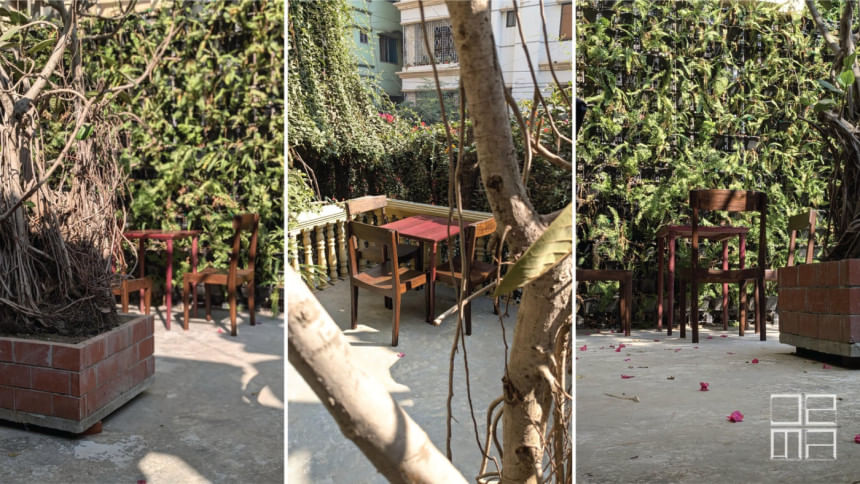
The plot was nothing special; a patch of sandy ground in front of a tired 90s building in Uttara. A garage, a storage room, a 4x4 bathroom, and some plants left to fend for themselves. Two half-dead trees — one jackfruit, one neem — stood quietly at the edge of being forgotten.
But for architect S M Ehsan Uz Zaman, it wasn't just a leftover site. It was memory, erosion, resistance — and eventually, the foundation for what he calls "The Story of a Tree."
He convinced his client to work around the land, not over it. And that's how the Albion Art Gallery came to be — not as a sleek intervention, but as a story about not erasing what was already there.
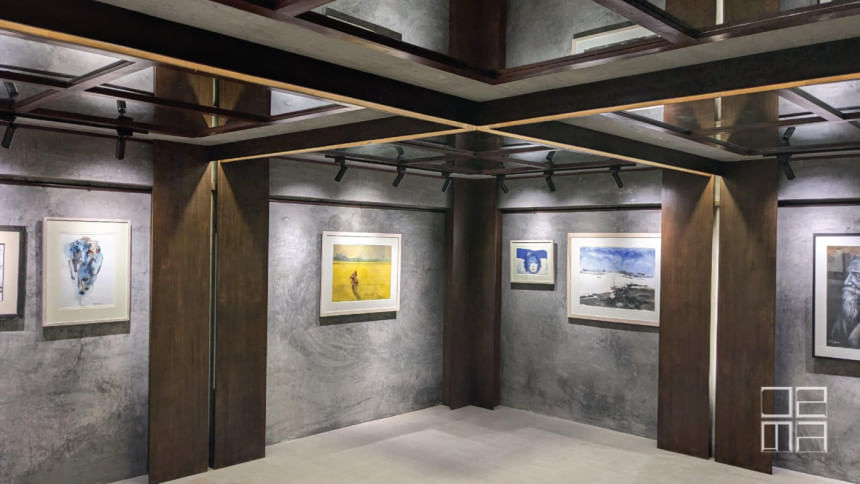
Zaman's client, Mahmood Ullah, had a clear ask; an outdoor coffee bar with seating, an exhibition space inside the old garage, and rooftop dining. Trees and ground cover were viewed as obstacles.
But when Zaman looked at the site, he didn't see "undeveloped space." He saw something worth preserving. "It reminded me of Geoffrey Bawa's philosophy," he says. "If you can keep the tree, that's the success of the design."
So, he kept them.
The coffee bar became a smaller coffee station to avoid harming the neem tree. The garage was retrofitted as an indoor gallery with a transparent glass partition, allowing the wild outdoors to bleed into the curated inside. Bamboo and timber were used — materials with a low carbon footprint — so nothing looked like it was trying too hard.
Zaman didn't clear the land. He added to it. Not to make a statement, but to make the space feel alive without dominating it.
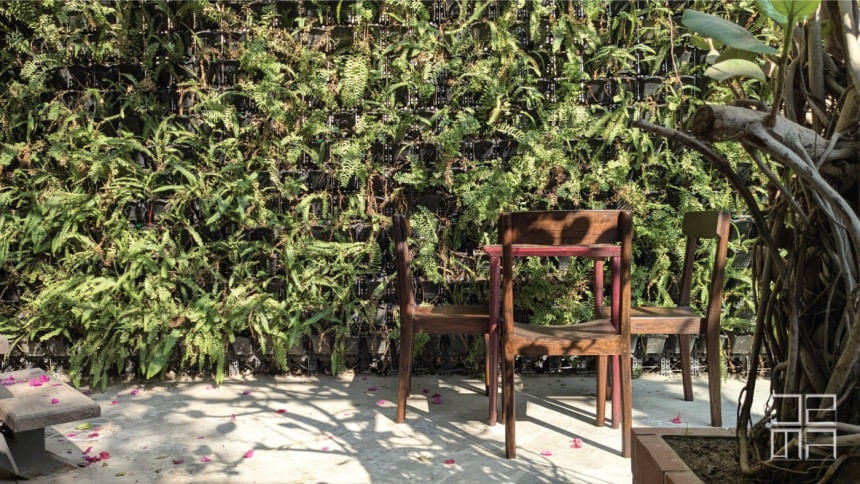
The neem tree was in bad shape. The soil was sandy, eroded, and barely holding together. The logical step would have been to cut it down.
Zaman disagreed. He improved the soil with composting and mulching. It took time. It wasn't flashy. But the tree stayed.
That one decision meant giving up a few seats in the café plan. But Zaman frames it differently: "It's a design choice that asks a question — Was saving a neem tree worth sacrificing three café seats?"
Convincing a client to abandon convenience is no easy sell. Zaman pitched it not as an eco-friendly stunt, but as a quality-of-space decision.
"When I said saving the trees would improve the experience of being there, the client came around," he says. "It wasn't about guilt or carbon offsets. It was about atmosphere."
Zaman doesn't claim Albion Art Gallery is a model for sustainable design. If anything, he's sceptical of how loosely the word is used.
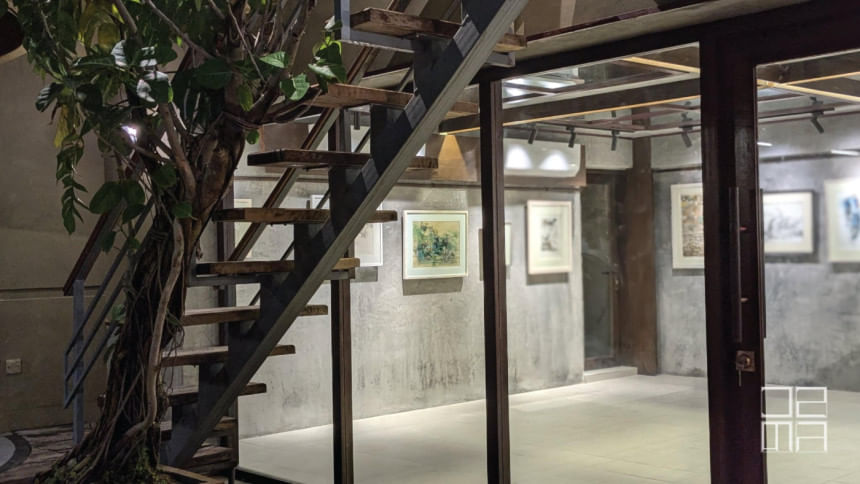
"I don't think this project is a showcase for green architecture," he says. "But maybe it starts a conversation."
He's critical of how the industry handles ecology. "As architects, we say we care. But we keep letting trees fall. We put a few planters on balconies and call it sustainability. We cool our buildings with air conditioning instead of shade."
Zaman's firm, Ehsan Uz Zaman and Associates, takes on all kinds of work — residential, public, and private. But he's most drawn to commercial spaces like cafes and galleries, where design can shape behaviour and not just aesthetics.
Asked if he'd host student workshops or open the space up for learning, he's unsure. "I don't know if this project qualifies as an example," he says. "But maybe it's enough to get people asking better questions."
Albion Art Gallery isn't perfect. It isn't cutting-edge. And that's the point.
It's a quiet project. One where a counter got smaller so a tree could live. One where an architect didn't try to impress anyone — he just refused to erase what was already there.
Zaman didn't build for the portfolio. He built for the space. That's the story. And that's enough.
Photo: Courtesy

 For all latest news, follow The Daily Star's Google News channel.
For all latest news, follow The Daily Star's Google News channel. 

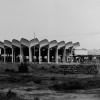
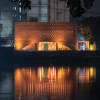
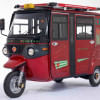
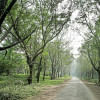



Comments